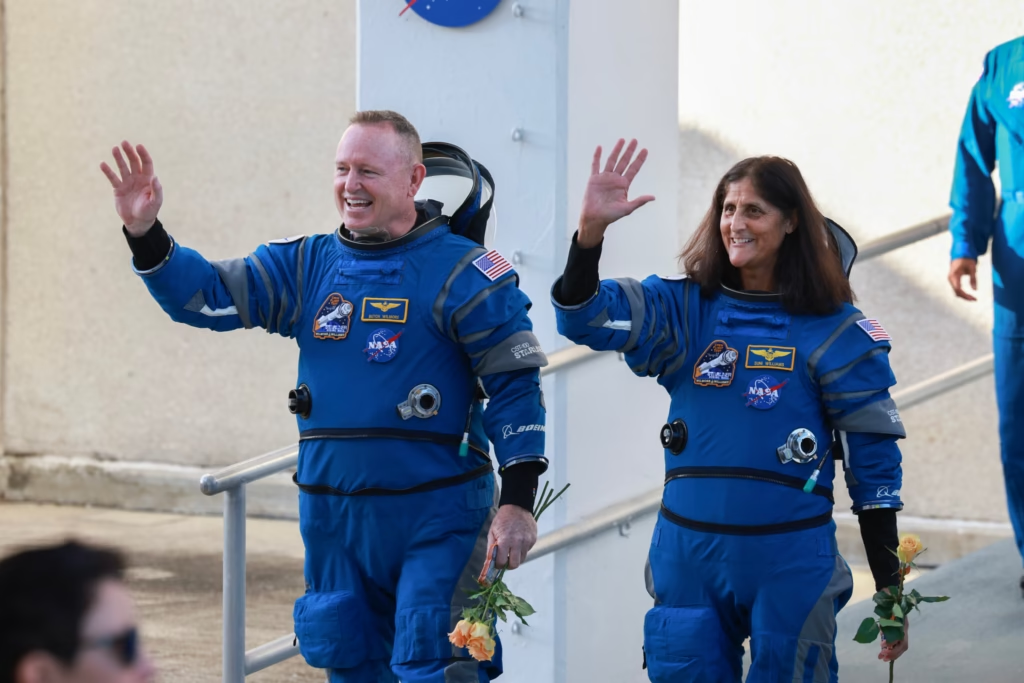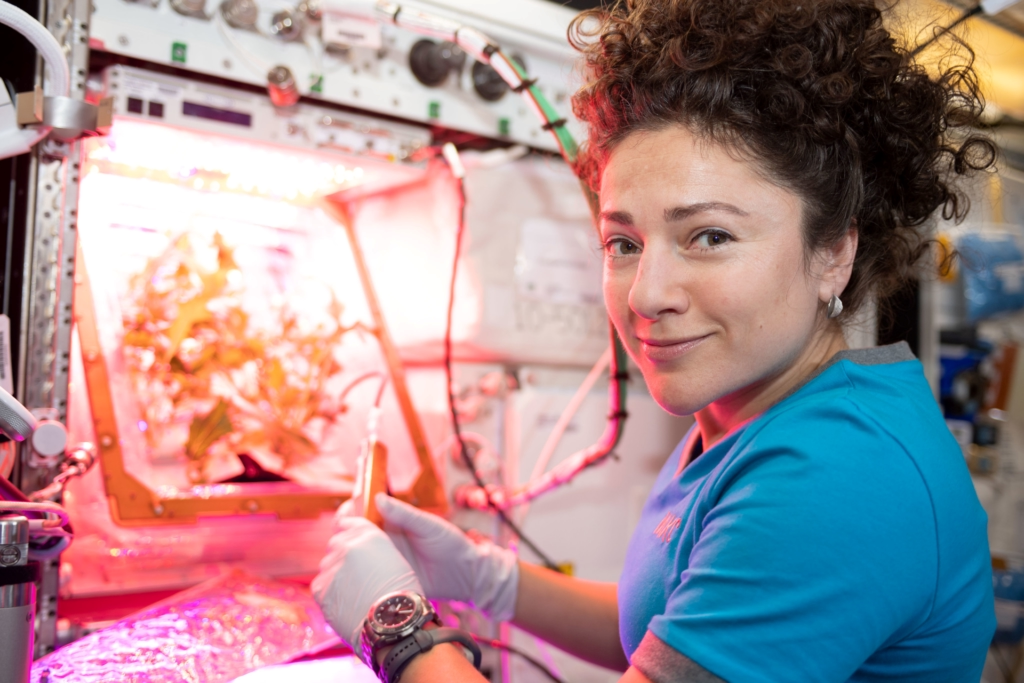WASHINGTON — Blue Origin is set to showcase a groundbreaking feature of its New Shepard spacecraft in its upcoming suborbital flight: the ability to simulate lunar gravity. This mission marks a significant shift from the vehicle’s traditional microgravity environment to a controlled lunar gravity demonstration.
Scheduled for no earlier than January 28 at 11 a.m. Eastern time, the NS-29 mission will launch from Blue Origin’s West Texas test site. Unlike previous flights, which provided several minutes of microgravity at the peak of the suborbital trajectory, this mission will spin the New Shepard crew capsule after it separates from its booster. Using reaction control thrusters, the capsule will rotate at approximately 11 revolutions per minute, creating a lunar gravity environment at the midpoint of the payload lockers inside.
The mission will carry 30 payloads, including 29 inside the capsule and one mounted externally on the booster to test exposure to the space environment. Of these, 17 payloads are sponsored by NASA through its Flight Opportunities program. The payloads span six key categories: in-situ resource utilization, dust mitigation, advanced habitation systems, sensors and instrumentation, small spacecraft technologies, and entry, descent, and landing. While most are from NASA centers, several are contributed by Honeybee Robotics, a subsidiary of Blue Origin.
Blue Origin anticipates providing at least two minutes of sustained lunar gravity during the flight—a significant improvement over the 20 seconds typically achieved on parabolic aircraft flights. This capability is expected to accelerate research and technology development for lunar exploration at a fraction of the cost.
“This is an entirely new way to bring lunar gravity to NASA and other lunar technology providers, enabling faster progress and greater readiness for future missions,” said Dave Limp, CEO of Blue Origin, in a social media statement.
The lunar gravity simulation capability has been in development for several years. In March 2021, NASA partnered with Blue Origin to advance this technology, providing development funding and securing early payload space on New Shepard flights. Blue Origin had been exploring partial-gravity simulations even before this agreement. During a 2020 webinar, Erika Wagner of Blue Origin mentioned the company’s efforts to spin the capsule for lunar gravity conditions, with initial flights planned for 2022.
Looking ahead, this capability could be adapted to simulate other gravity levels, such as those on Mars or other celestial bodies. “We can tailor this New Shepard feature to closely replicate Mars and other solar system gravity environments in the future,” Limp added.
This mission represents a significant step forward in space research, offering a cost-effective and innovative platform for testing technologies critical to future lunar and planetary exploration.
Discover more from Pasindu Lakshan Perera
Subscribe to get the latest posts sent to your email.




